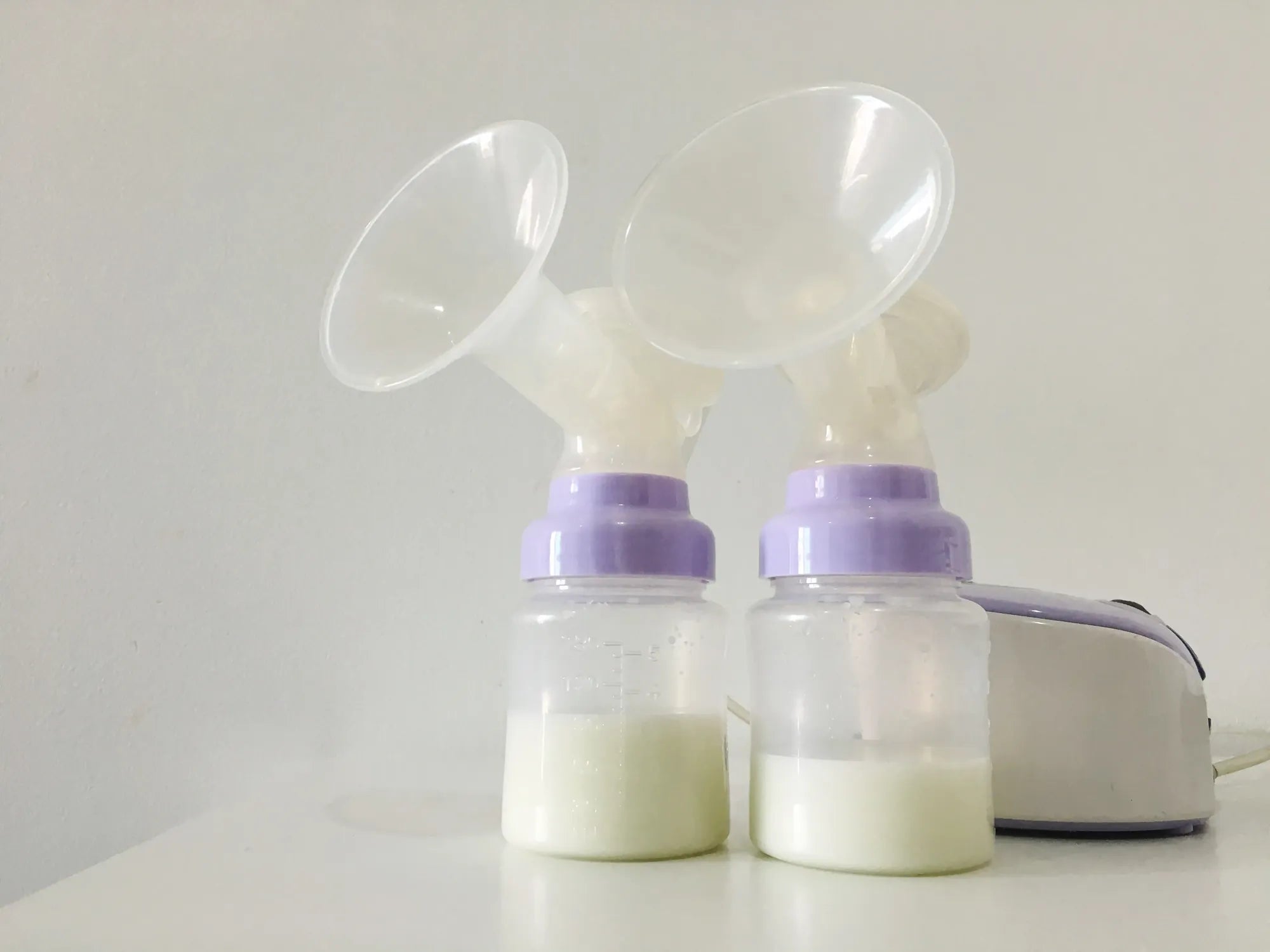Inicio
Pregnancy, Breastfeeding, and Pumping: The Ultimate Guide for Moms
How Long Breast Pump Last: A Comprehensive Guide

How Long Breast Pump Last: A Comprehensive Guide
Breast pumps are essential tools for many nursing mothers, offering convenience and flexibility. However, like any device, they have a finite lifespan. Understanding how long a breast pump lasts can help you plan ahead and ensure you’re always prepared for your baby’s needs.
How Long Do Breast Pumps Typically Last?
The lifespan of a breast pump varies depending on the type and frequency of use. On average, a high-quality breast pump can last anywhere from one to three years with regular use. However, this estimate can change based on factors such as maintenance, brand, and whether it’s a personal or hospital-grade pump.
Factors Affecting the Lifespan of a Breast Pump
Several factors influence how long a breast pump will last. These include:
- Frequency of Use: Pumps used multiple times a day will wear out faster than those used occasionally.
- Maintenance: Regular cleaning and proper storage can extend the life of your pump.
- Quality: Higher-quality pumps are often more durable and last longer.
- Type of Pump: Manual pumps tend to last longer than electric ones due to fewer mechanical parts.
Signs It’s Time to Replace Your Breast Pump
Knowing when to replace your breast pump is crucial for maintaining its effectiveness. Look out for these signs:
- Decreased Suction Power: If your pump no longer provides the same level of suction, it may be time for a replacement.
- Unusual Noises: Grinding or whirring sounds can indicate mechanical issues.
- Visible Wear and Tear: Cracks, discoloration, or broken parts are clear indicators that your pump needs replacing.
- Inefficiency: If pumping sessions take longer than usual or yield less milk, your pump may be failing.
Tips to Extend the Life of Your Breast Pump
With proper care, you can maximize the lifespan of your breast pump. Here are some tips:
- Clean Regularly: Follow the manufacturer’s cleaning instructions to prevent mold and bacteria buildup.
- Store Properly: Keep your pump in a cool, dry place away from direct sunlight.
- Replace Parts: Regularly replace parts like valves, membranes, and tubing to maintain optimal performance.
- Avoid Overuse: Use your pump as recommended to prevent unnecessary wear and tear.
When to Consider a New Breast Pump
Even with the best care, there comes a time when a new breast pump is necessary. If you’re experiencing persistent issues or your pump is nearing the end of its expected lifespan, it’s wise to invest in a new one. A reliable pump ensures you can continue providing for your baby without interruptions.
Understanding how long a breast pump lasts and how to care for it can save you time, money, and stress. By recognizing the signs of wear and following maintenance tips, you can ensure your pump remains effective for as long as possible. Don’t wait until it’s too late—stay proactive and keep your pumping journey smooth and hassle-free.
Compartir


